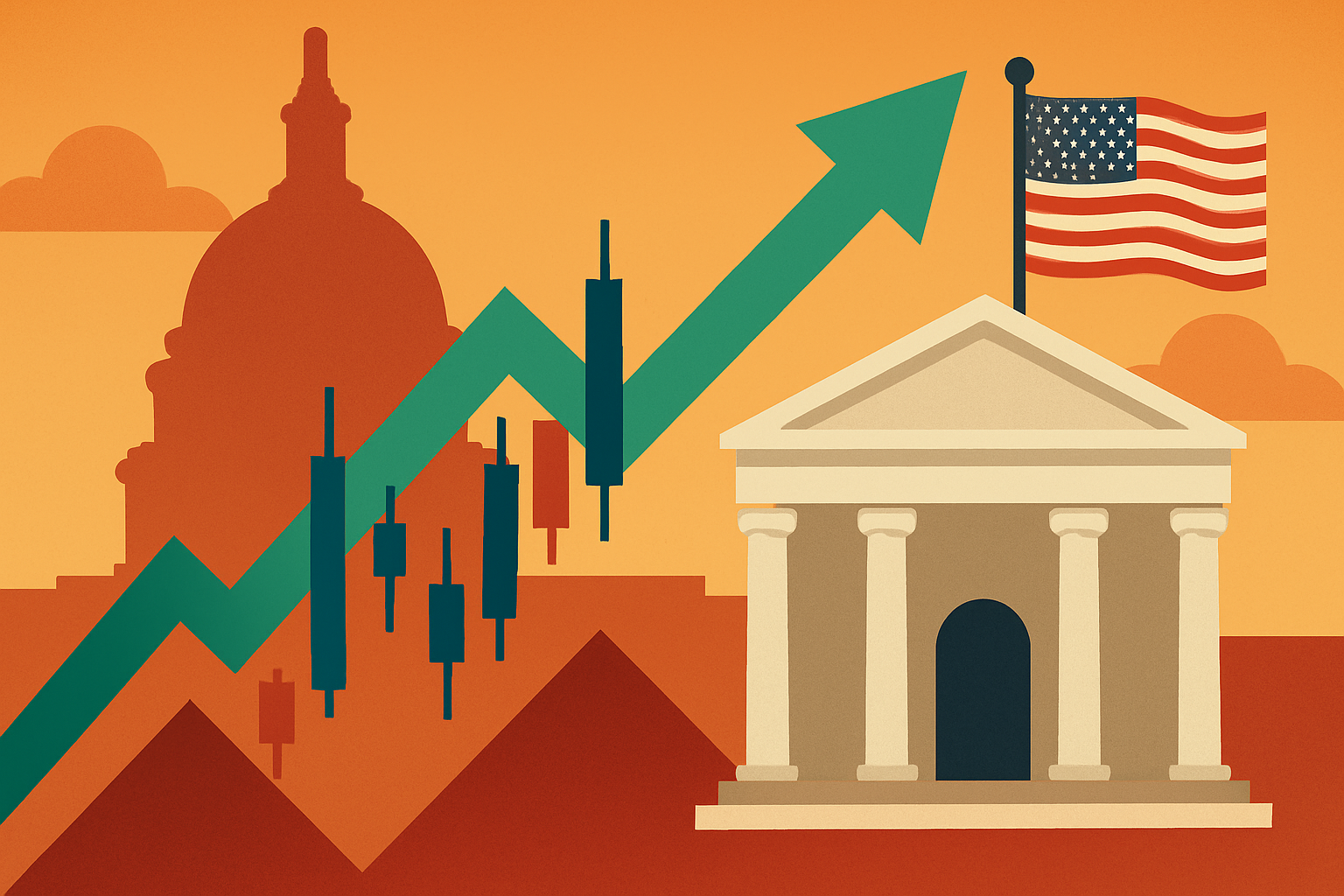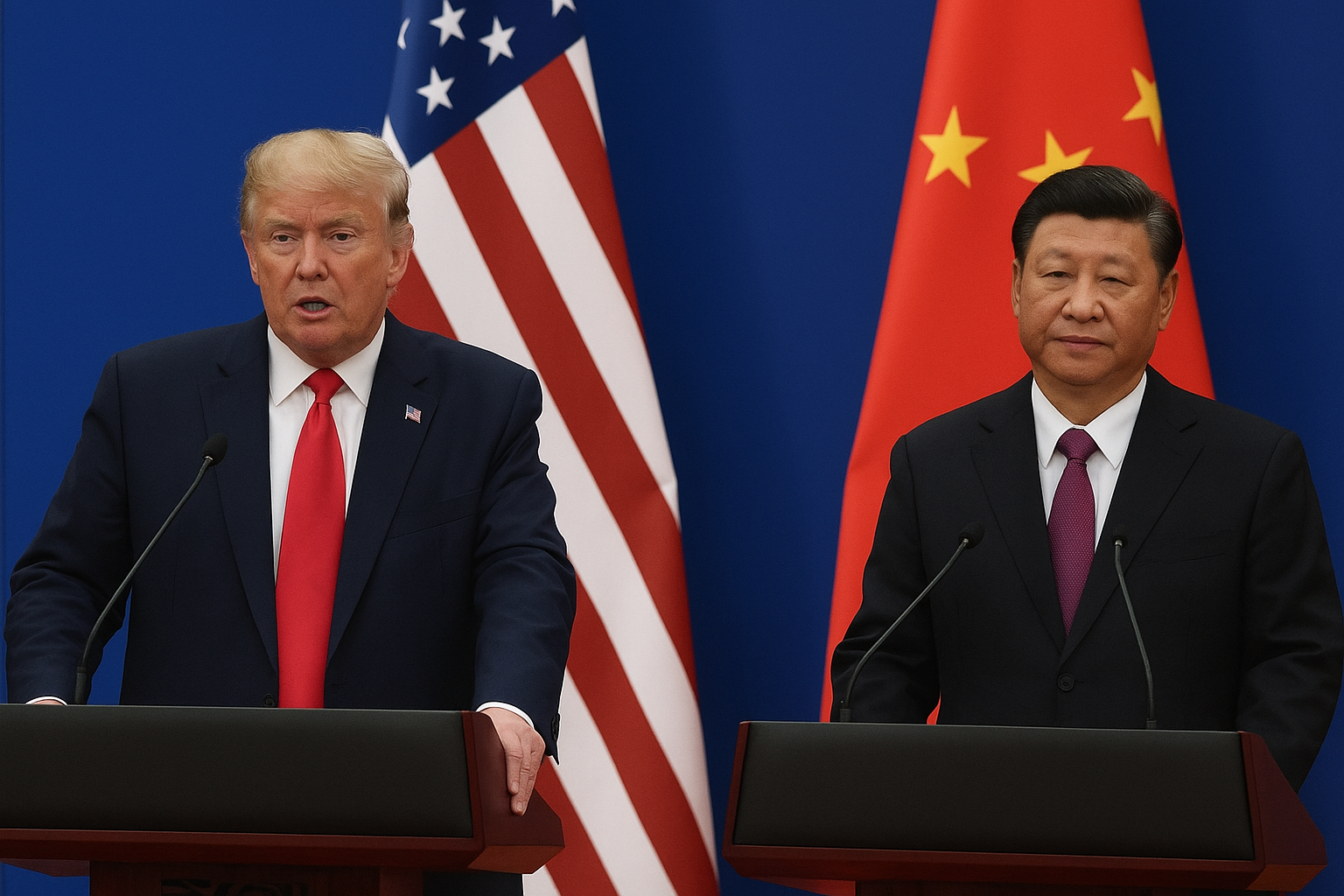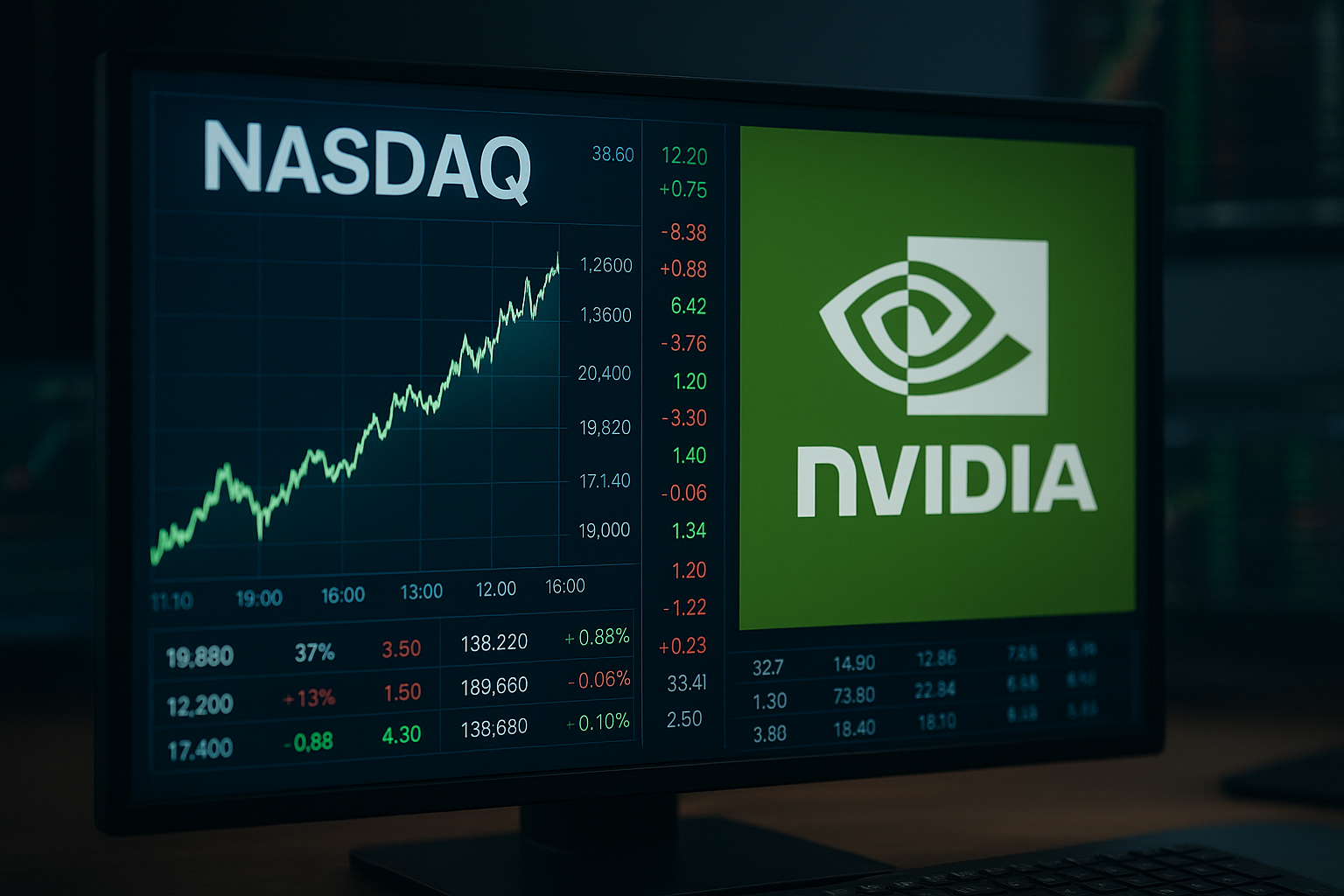Markets are starting the week with an uneasy optimism. U.S. stock futures rose in premarket trading Monday as investors weighed the looming threat of a government shutdown against steady inflation readings and hopes of Federal Reserve rate cuts. The S&P 500, Nasdaq, and Dow all pointed higher, suggesting Wall Street is attempting to front-run potential volatility by loading into positions before fiscal disruption takes center stage.
Why This Matters for Investors
The political standoff in Washington over federal spending continues to dominate investor attention. If a shutdown materializes, it would be the first major fiscal shock of the new administration—potentially disrupting government services, delaying economic data releases, and shaking consumer and business confidence.
Yet the underlying economic backdrop offers some relief. Inflation reports released last week came in line with expectations, reinforcing the market’s view that rate cuts remain on the table in the coming months. According to CME FedWatch data, futures are still pricing in the likelihood of at least one rate cut before year-end. This dual narrative—political risk on one side, easing monetary conditions on the other—has created a push-pull dynamic in markets.
The Market Reaction
Reuters reported that S&P 500 futures were up around 0.5% early Monday, with Nasdaq 100 futures outperforming thanks to renewed strength in large-cap tech. Dow futures also gained modestly, reflecting a rotation into cyclical and defensive names. AP News highlighted that investors are entering the week cautiously, with Treasury yields holding steady and oil prices stabilizing after recent volatility.
Defensive sectors—such as utilities, consumer staples, and healthcare—have seen inflows, while high-quality large caps are being favored over smaller, more volatile names. Meanwhile, short-term Treasuries and volatility-linked products are seeing renewed interest as investors prepare for potential turbulence.
Broader Context: Shutdown vs. Earnings Season
The timing of a potential shutdown is particularly delicate, as the third-quarter earnings season is just around the corner. Analysts will be scrutinizing forward guidance closely, especially from sectors sensitive to consumer demand and fiscal policy. A shutdown could weigh on discretionary spending and delay business investment decisions, putting added pressure on companies already navigating higher costs and margin compression.
At the same time, steady inflation data may provide a floor for risk assets, particularly if the Fed signals confidence that inflation is cooling without needing further tightening. If investors believe rate cuts are imminent, equity markets may have room to rally despite the fiscal drama.
Future Trends to Watch
- Political Resolution: Any breakthrough in Washington could ease near-term uncertainty and spark a relief rally. Conversely, prolonged gridlock may push volatility higher.
- Fed Communication: Investors should monitor Fed commentary for signs of shifting views on inflation, growth, and timing of cuts.
- Earnings Outlook: Guidance from major tech, retail, and industrial firms will serve as a barometer of how corporate America is bracing for fiscal and economic crosswinds.
- Safe-Haven Demand: Flows into gold, Treasuries, and cash equivalents could intensify if the shutdown drags on.
Key Investment Insight
Volatility is likely elevated this week, creating both risks and opportunities. High-quality companies with resilient balance sheets and stable cash flows may offer relative safety. Defensive sectors like healthcare and utilities could outperform if fiscal uncertainty persists, while short-term Treasuries or volatility ETFs may serve as effective hedges. Investors with a longer horizon should also keep an eye on earnings season for insights into consumer strength and corporate adaptability.
For now, markets are showing resilience, but investors should stay nimble—balancing defensive positioning with selective exposure to growth opportunities.
Stay with MoneyNews.Today for daily insights on how politics, policy, and markets intersect—and what it means for your portfolio.





